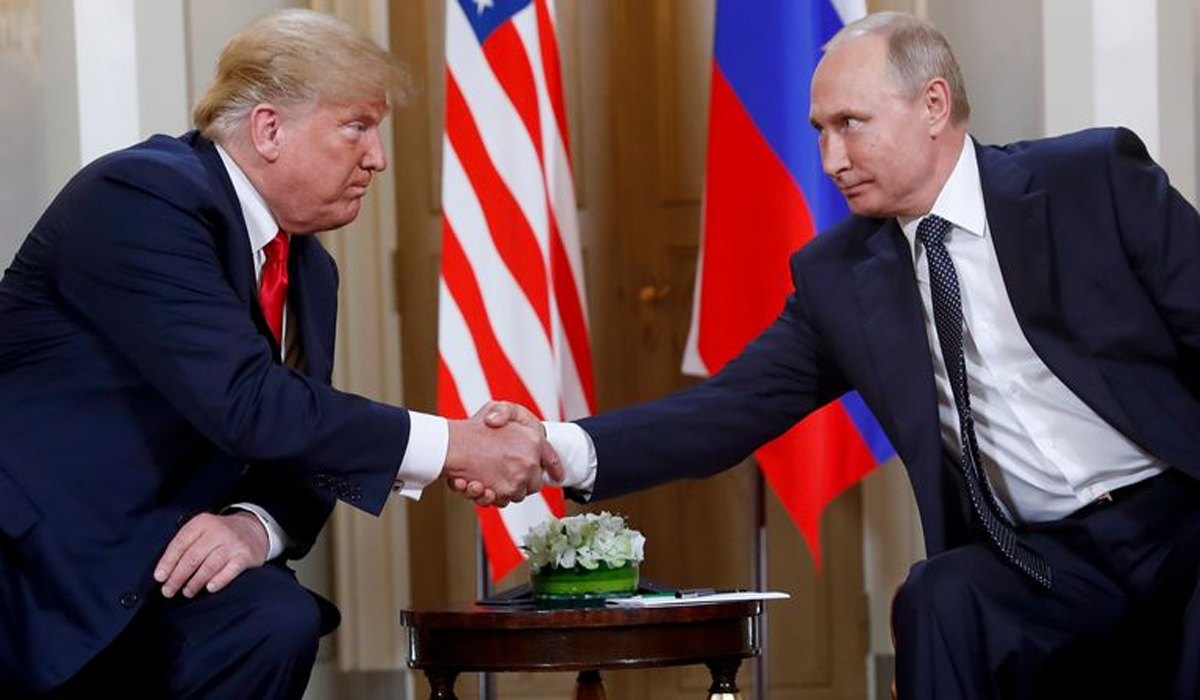The Summit: A Step Toward Peace or Media’s Worst Nightmare?
From the outset, the Alaska summit was historic: It marked Putin’s first visit to U.S. soil in years and Trump’s direct engagement in resolving a conflict he has long criticized as avoidable under his leadership. According to reports echoed in conservative and independent outlets, Trump and Putin discussed “land swaps” and a broader peace agreement, with Trump shifting focus from an immediate ceasefire to a lasting deal. European leaders, including those from Germany and the UK, joined subsequent calls, stressing Ukraine’s security guarantees, but alternative voices highlight how this aligns with Trump’s “America First” approach—prioritizing quick resolutions over endless aid.
One standout perspective comes from Secretary of State Marco Rubio’s fiery exchange on CBS, as covered by the Daily Mail. Rubio accused host Margaret Brennan of rooting against peace because it might reflect positively on Trump: “Imagine hating President Trump so much you want peace talks to fail.” This sentiment resonates across non-mainstream platforms, where commentators argue the legacy media is more invested in portraying Trump as weak or conciliatory to Putin than acknowledging potential breakthroughs. On X (formerly Twitter), users like @DonaldJTrumpJr celebrated Trump’s determination, posting, “My father is determined to bring peace!” while others speculated on body language, noting Trump’s post-meeting demeanor suggested challenges but resolve.
Independent analysts on platforms like X also point out Putin’s demands for territorial concessions in Donbas, but frame it as a pragmatic starting point rather than capitulation. For instance, one post highlighted how Russian media hailed the talks as “progress,” contrasting with Western skepticism. Ukrainian President Volodymyr Zelensky is set to meet Trump in Washington on August 18, potentially leading to a trilateral summit. Alternative outlets like those on X see this as Trump outmaneuvering critics, forcing all parties to the table and exposing media bias against his successes. Critics in these spaces warn that if talks fail, it’s due to establishment sabotage, not Trump’s efforts.
How Ukraine Peace Talks Could Shake Up Fed Interest Rates
The economic stakes are high, and non-mainstream economists often connect geopolitical wins to domestic prosperity in ways legacy media overlooks. The Ukraine war has long fueled global inflation through skyrocketing energy and food prices—Russia and Ukraine supply a significant portion of the world’s wheat, oil, and natural gas. Successful peace talks could stabilize these markets, reducing commodity costs and easing inflationary pressures on the U.S. economy.
As of August 2025, the Fed’s benchmark rate stands at 4.50%, following a series of adjustments amid post-pandemic recovery. Fed Governor Michelle Bowman recently reiterated expectations for three rate cuts this year, but uncertainty looms due to factors like tariffs and global tensions. If Trump’s talks lead to de-escalation, lower oil prices could trim inflation forecasts—currently projected at 2.8% core for 2025—allowing the Fed more leeway to cut rates further and stimulate growth.
Alternative financial analysts, including those on crypto-focused sites, argue peace would boost risk assets like stocks and Bitcoin by improving investor sentiment and reducing energy-driven costs. Historically, the 2022 invasion complicated Fed hikes by spiking commodities, forcing a balance between curbing inflation and avoiding recession. A resolution now could reverse that, potentially dropping rates to 3.75% or lower by year-end, benefiting borrowers and markets. However, if talks stall—as some X users fear due to Putin’s intransigence—inflation could persist, delaying cuts and pressuring emerging markets with higher U.S. rates.
In emerging economies, the war’s double whammy of commodity shocks and Fed hikes has already strained net importers; peace would alleviate this, stabilizing global liquidity. Non-mainstream views often criticize the Fed for overreacting to geopolitical noise, but a Trump-brokered deal could prove them right by fostering a softer landing.
Looking Ahead: Peace as Economic Victory
As Zelensky heads to D.C., the world watches. Alternative outlets portray Trump’s initiative as a masterstroke against endless wars, potentially slashing U.S. aid burdens and redirecting funds homeward. For the Fed, successful talks mean taming inflation without aggressive hikes, paving the way for rate relief that boosts everyday Americans. If media naysayers prevail and talks falter, expect prolonged economic headwinds—but don’t count Trump out yet. In the end, peace isn’t just moral; it’s smart economics. Stay tuned for updates as this unfolds.


 Facebook
Facebook
 X
X
 Pinterest
Pinterest
 Copy Link
Copy Link
